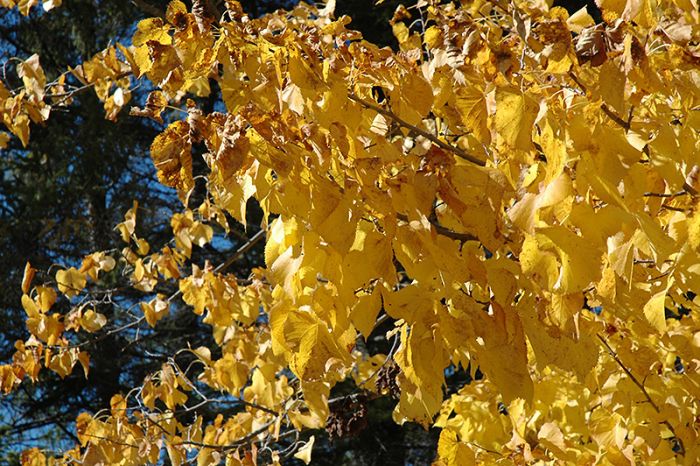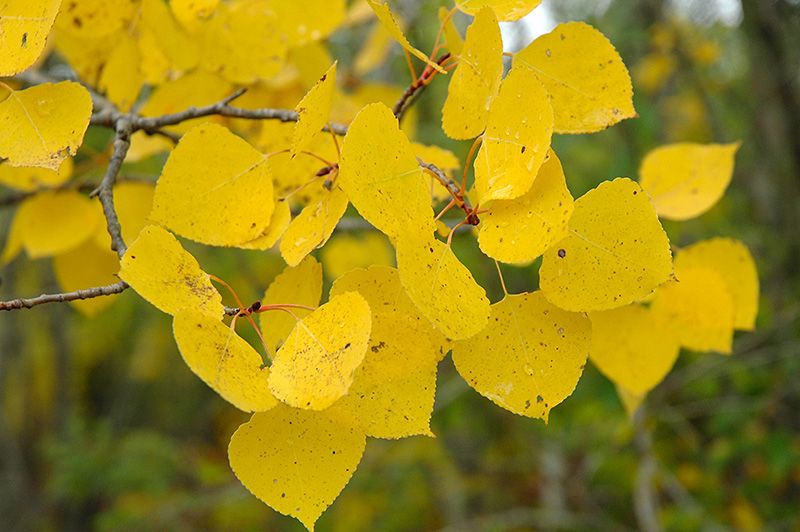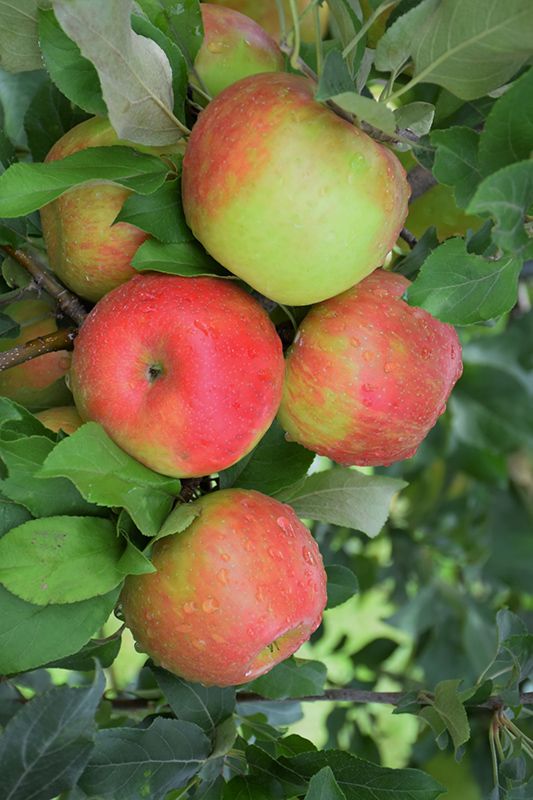Tilia, American Linden 'Redmond'



Out of stock
Coming soon, still growing- Sun Preference
- Full-Sun, Part-Sun
Description
Uniform, pyramidal selection of American Linden. Branches show reddish color in winter. Large leaves turn bright yellow in autumn. Fragrant flowers in summer are excellent for attracting pollinators.
Minnesota's Largest Selection of Trees
At Minnesota's Destination Garden Center, we offer a diverse range of trees to suit any landscaping need. Whether you're looking for shade trees to cool your home or ornamental trees to add beauty and interest, you'll find the perfect tree at Gertens. Our knowledgeable staff can help you select the right tree for your space and provide tips for care and maintenance. Visit Gertens today and explore the unmatched variety of trees to enhance your outdoor environment!
Details
Redmond Linden | Tilia americana 'Redmond'
Height: 60 feet
Spread: 30 feet
Sunlight: full sun
Hardiness Zone: 4a
Other Names: Basswood, American Linden
Brand: Gertens
Description:
A beautiful shade tree prized for its strongly pyramid-shaped form throughout life, clean habit and fragrant yellow flowers in early summer, more compact than the species, makes a great shade or street tree; very adaptable and low maintenance
Ornamental Features
Redmond Linden is primarily valued in the landscape for its distinctively pyramidal habit of growth. It features subtle clusters of fragrant buttery yellow flowers with tan bracts hanging below the branches in early summer. It has dark green deciduous foliage. The large heart-shaped leaves turn an outstanding yellow in the fall.
Landscape Attributes
Redmond Linden is a dense deciduous tree with a strong central leader and a distinctive and refined pyramidal form. Its relatively coarse texture can be used to stand it apart from other landscape plants with finer foliage.
This is a high maintenance tree that will require regular care and upkeep, and is best pruned in late winter once the threat of extreme cold has passed. It is a good choice for attracting bees to your yard. Gardeners should be aware of the following characteristic(s) that may warrant special consideration;
- Insects
Redmond Linden is recommended for the following landscape applications;
- Shade
Planting & Growing
Redmond Linden will grow to be about 60 feet tall at maturity, with a spread of 30 feet. It has a high canopy with a typical clearance of 6 feet from the ground, and should not be planted underneath power lines. As it matures, the lower branches of this tree can be strategically removed to create a high enough canopy to support unobstructed human traffic underneath. It grows at a medium rate, and under ideal conditions can be expected to live for 70 years or more.
This tree should only be grown in full sunlight. It is very adaptable to both dry and moist locations, and should do just fine under average home landscape conditions. It is not particular as to soil type or pH. It is somewhat tolerant of urban pollution. This is a selection of a native North American species.
More Information
| Available for Pre-Order | No |
|---|---|
| Tree Type | Shade & Ornamental |
| Sun Preference | Full-Sun, Part-Sun |
| Mature Height (Range) | 25 - 50 feet, 50+ feet |
| USDA Hardiness Zone | 4, 5, 6, 7, 8 |
| Common Family Name | Linden |







